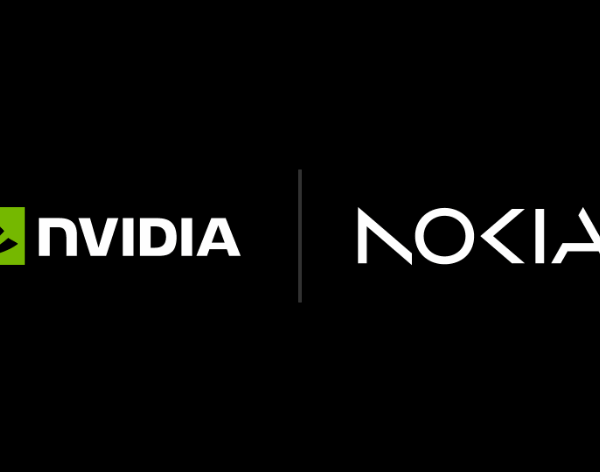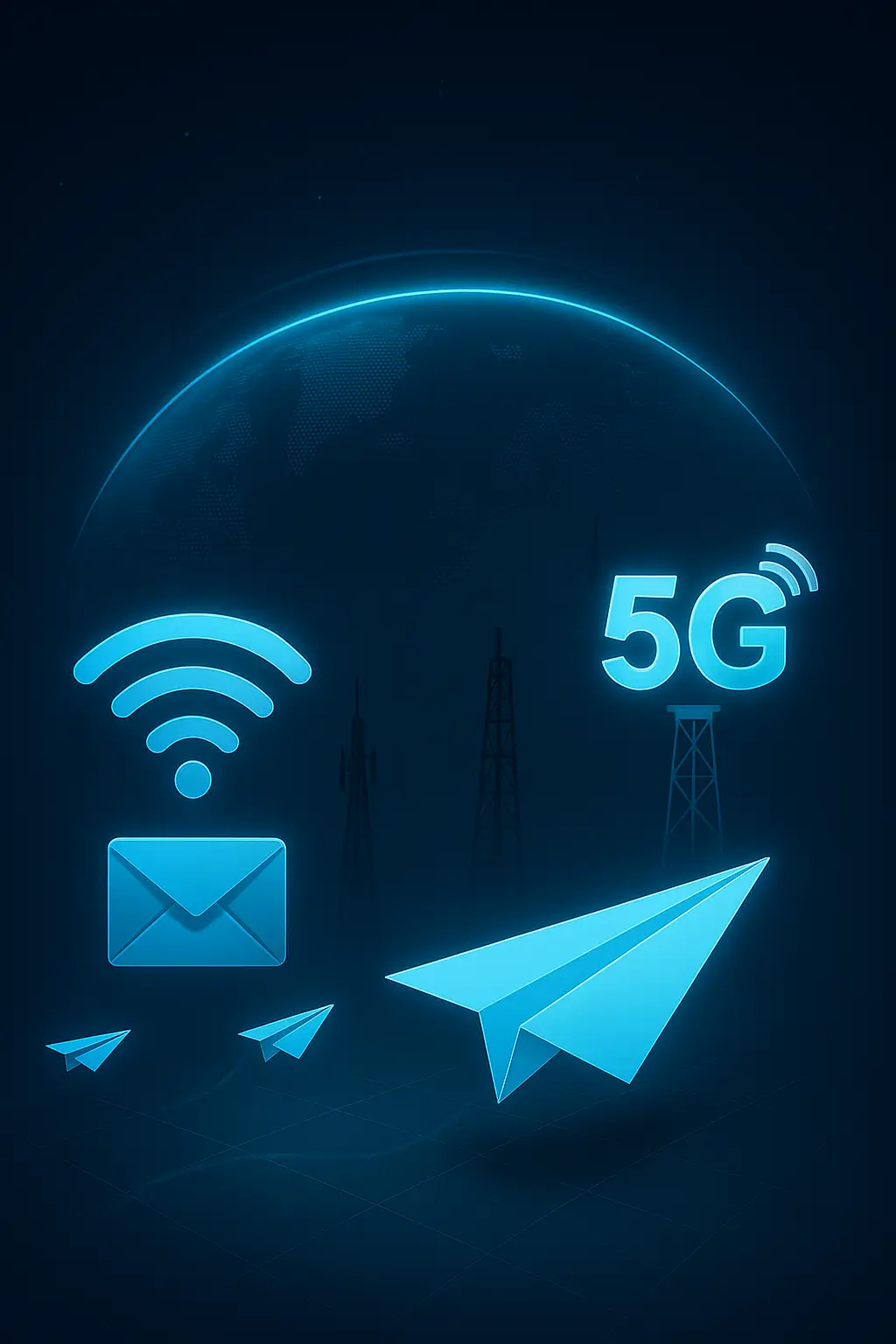A major step toward AI-native 5G and 6G networks
Nokia and NVIDIA have announced a groundbreaking strategic partnership that marks a turning point for the telecom industry. NVIDIA will invest $1 billion in Nokia, and together they’ll co-develop a new generation of AI-powered radio access networks (AI-RAN) that blend advanced connectivity with accelerated computing.
The partnership’s goal is clear: transform the RAN into a software-defined, GPU-accelerated platform that supports the transition from 5G to 5G-Advanced and ultimately to 6G. Nokia will integrate NVIDIA’s new Aerial RAN Compute Pro (ARC-Pro) platform directly into its base station architecture, enabling telcos to deploy AI-native networks through software upgrades rather than hardware replacement.
Field trials with major operators are expected to start in 2026, paving the way for early commercial rollouts by 2027–2028. Analysts already estimate the AI-RAN market could surpass $200 billion by 2030 — positioning this partnership at the heart of the next telecom revolution.
Why this matters
1. Layer 1 moves to GPU compute
For decades, baseband processing in RAN relied on dedicated chips — ASICs or FPGAs. The new approach shifts those physical-layer functions (like modulation, decoding, and MIMO processing) onto GPUs. This allows much greater flexibility, faster innovation cycles, and the ability to run AI inference directly inside the RAN.
For engineers and system integrators, this change means mastering accelerated compute architectures will soon be as important as RF design.
2. Future-proof evolution from 5G to 6G
This partnership also future-proofs the network. By running RAN software on a unified GPU platform, operators can move from 5G to 5G-Advanced or 6G through simple software upgrades. The same hardware can support evolving standards, drastically reducing lifecycle costs.
For mobile operators, this means shorter upgrade cycles and faster introduction of new capabilities such as integrated sensing, AI-based beamforming, and adaptive QoS.
3. The rise of the intelligent edge
Beyond connectivity, the new AI-RAN architecture introduces edge intelligence — the ability to process AI workloads (like object recognition, drone control, or industrial automation) directly on base-station servers.
This convergence of connectivity + compute transforms the RAN into an edge AI platform, opening new monetization models for telcos: low-latency analytics, industrial automation, and even real-time digital twins.
4. Redefining the telecom ecosystem
The shift to GPU-based RAN brings new players into the telecom ecosystem. Compute vendors, server manufacturers, and cloud providers now play a central role in what was once a closed, hardware-centric domain. Collaboration between Nokia, NVIDIA, Dell Technologies, and global operators signals a broader industry move toward open, interoperable, and software-defined RAN architectures.
For network engineers, this means a stronger emphasis on software integration, virtualization, and interoperability testing — skills that will be essential for the next wave of deployments.
Key takeaways for telecom professionals
-
Software-defined performance – The RAN becomes programmable, allowing AI-driven optimization of scheduling, power control, and interference management in real time.
-
GPU-based baseband – Physical-layer processing on GPUs eliminates the need for specialized ASICs, improving flexibility and upgradeability.
-
Edge AI capabilities – RAN nodes evolve into mini-data centers hosting both connectivity and AI workloads.
-
Reduced hardware dependency – Future upgrades will rely more on software evolution than hardware refresh cycles.
-
Ecosystem shift – Integration between telecom and IT vendors will blur the lines between networks and cloud.
Don’t be left behind, we have just released our new course : AI in Practice and 5G Data analytics Training to learn more about AI and RAN
Benefit from Massive discount on our 5G Training with 5WorldPro.com
Start your 5G journey and obtain 5G certification
contact us: contact@5GWorldPro.com


